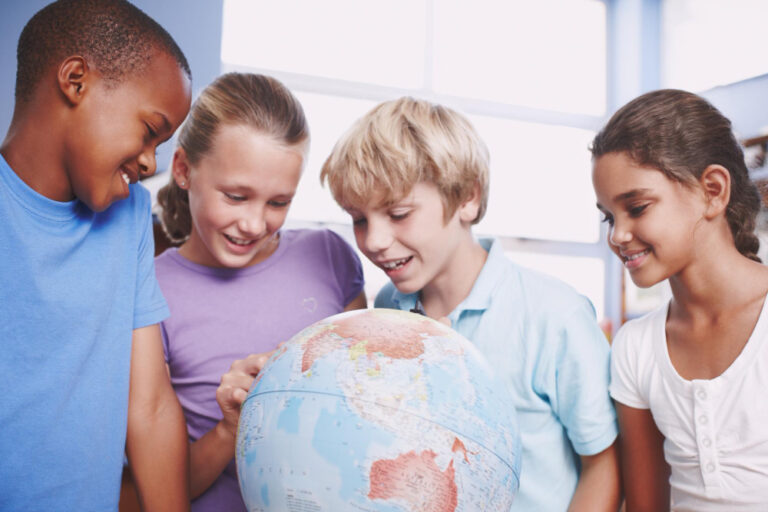International Schools in Manila are truly unique educational hubs. They stand out due to their incredibly diverse settings, offering an educational experience unlike any other. This article will explore the profound impact of this diversity on student development and global readiness. We will delve into what defines a diverse setting within these schools. We will also examine why such an environment is critically important for modern education. Ultimately, we will explore how these institutions actively cultivate and sustain their vibrant global communities, equipping students for an increasingly interconnected world.
What Defines Diversity in International Schools?
Diversity in international schools goes beyond having students from many nations. It encompasses a diverse blend of cultures, backgrounds, and perspectives. In Manila’s international schools, you will find students whose families are diplomats. Others are expatriates working in various fields. Local Filipino families also seek a global education here.
This mix brings many languages, traditions, and ways of seeing the world into the classroom. For instance, a student from Europe might share their holiday customs. A student from Asia could explain their traditional festivals. This constant exchange helps everyone understand the world better. Teachers often come from diverse backgrounds, too. They bring different teaching styles and experiences. This variety enriches learning. It also prepares students for an increasingly connected world.
Why Is Diversity Important in Education?
Diversity is crucial because it offers many benefits to students. First, it helps students develop a global mindset. When children interact with peers from various cultures, they learn to appreciate different ways of life. They become more open-minded and less quick to judge others. This is vital for success in our interconnected world.
Second, a diverse environment teaches empathy and respect. Students learn to understand and value differences. They also learn to find common ground. This builds a sense of unity even with varied backgrounds. Third, diversity boosts creativity and problem-solving. When students work on projects, they bring different perspectives. This leads to more innovative solutions. It also helps them think deeply about complex issues.
A diverse setting also helps students connect with their own culture. They can share their heritage and traditions. This strengthens their identity. At the same time, they gain a deeper appreciation for the world’s rich cultural tapestry. This balance helps create well-rounded individuals. It allows them to navigate diverse social situations confidently.
How Do International Schools in Manila Foster Diversity?
Admissions and Support
One key method is through their admissions policies. Many international schools aim for a balanced mix of nationalities. They welcome students from all over the globe. This ensures new perspectives always enter the school community. Some schools also offer language support programs. These programs help students who are not native English speakers. This makes it easier for them to join the school. It also ensures they can fully participate in learning.
Curriculum and Activities
The curriculum itself often plays a big role. Many international schools follow globally recognized curricula. Examples include the International Baccalaureate (IB) or American and British curricula. These programs often include studies of world history, global issues, and different cultures. This helps students understand global contexts. It also encourages them to think about their role in the wider world.
Beyond academics, extracurricular activities also promote diversity. Schools offer a wide range of clubs and events. These might include cultural festivals, international food fairs, and language clubs. Such activities let students celebrate their own cultures. They also learn about the cultures of their classmates. Sports teams and debate clubs also bring students together. They learn teamwork and communication across cultural lines.
Community Involvement
Parental involvement is another important aspect. International schools often have active parent communities. These groups organize events that celebrate diversity. They help new families settle in. This creates a welcoming atmosphere for everyone. Parents from different backgrounds can share their experiences. This further strengthens the school’s global community.
Schools also often emphasize core values. These values typically include respect, understanding, and global citizenship. These values guide how students and staff interact. They ensure that everyone feels valued and supported. This intentional focus on inclusion truly defines these schools. It goes beyond simply having many nationalities. It is about actively fostering a sense of belonging for every student.
Key Takeaway
The global community found within International Schools in Manila offers immense benefits. It fosters global understanding, empathy, and critical thinking. These schools intentionally create environments where students learn from each other’s diverse backgrounds. This ensures they are ready to thrive in an interconnected world. Such an education prepares them for future global challenges and opportunities. It builds a foundation for lifelong learning and collaboration.



